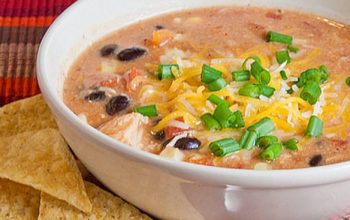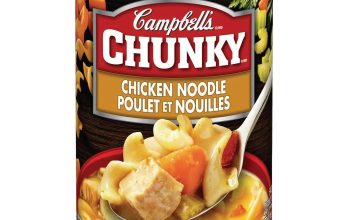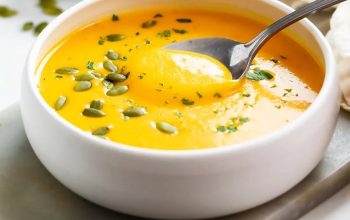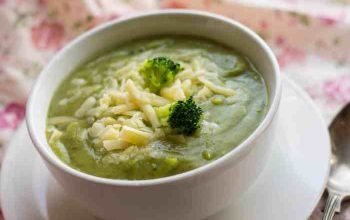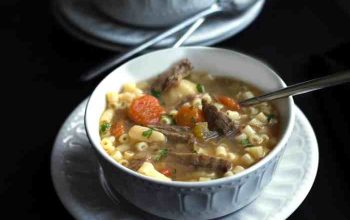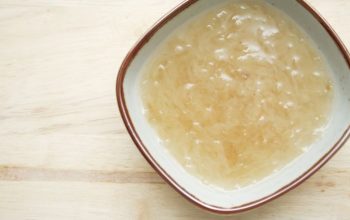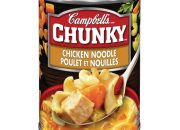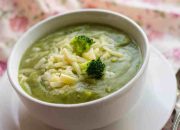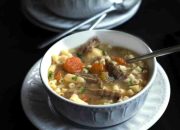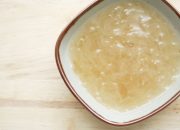Slow Cooker Beef Soup: A Culinary Journey
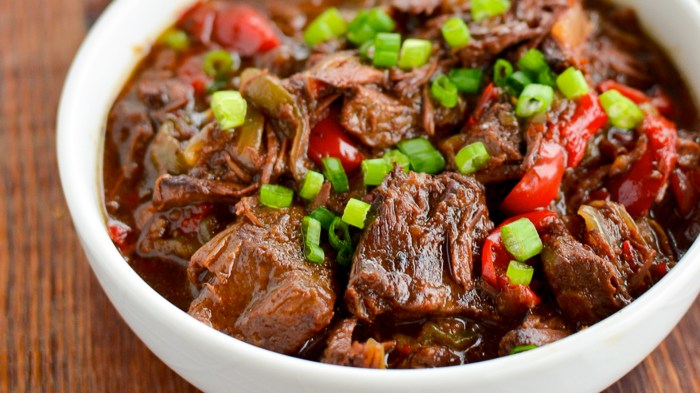
Source: stylecaster.com
Slow cooker beef soup recipes – Slow cooker beef soup, a comforting classic, boasts a rich history evolving from simple peasant stews to sophisticated culinary creations. Its enduring appeal lies in its simplicity and the unparalleled tenderness it imparts to the beef. This versatile dish offers endless variations, reflecting regional preferences and culinary traditions worldwide. The slow cooker itself is key, allowing for effortless preparation and consistently delicious results.
Introduction to Slow Cooker Beef Soup
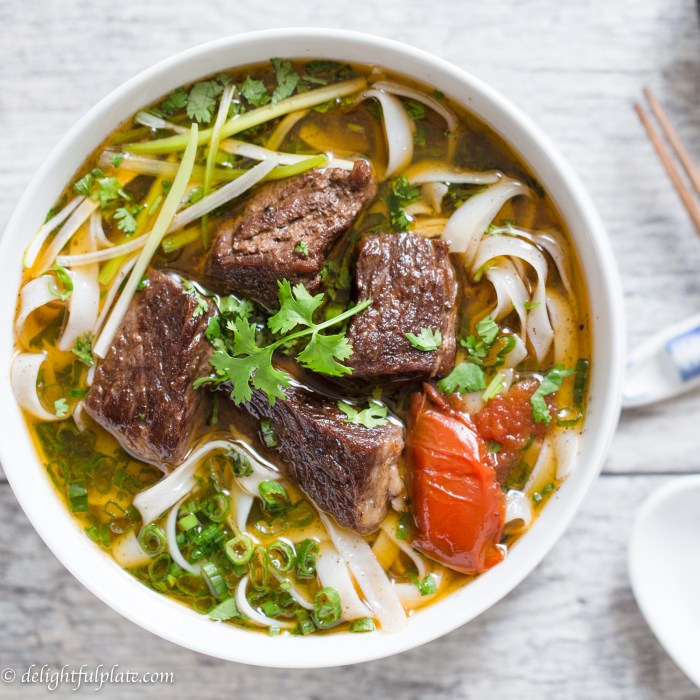
Source: delightfulplate.com
Slow cooker beef soup’s origins are deeply rooted in the practice of long, slow cooking over low heat, a technique employed for centuries to tenderize tough cuts of meat. Variations abound, ranging from hearty French pot au feu to rich, flavorful Asian-inspired broths. The slow cooker’s gentle heat ensures maximum flavor extraction and results in incredibly tender beef, requiring minimal hands-on time.
Three interesting facts about beef soup include its historical significance as a nourishing meal for working-class families, its role in various cultural celebrations, and its adaptability to diverse dietary preferences. It’s also a great way to utilize less expensive cuts of beef, transforming them into flavorful and tender culinary delights.
Essential Ingredients and Their Roles
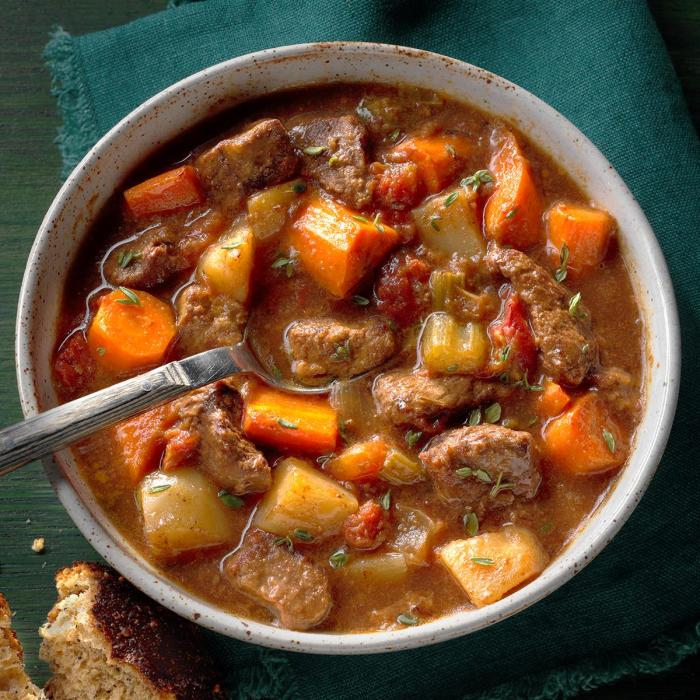
Source: windows.net
Slow cooker beef soup? Pure comfort food, right? But sometimes you crave something a little…different. If you’re feeling adventurous, check out this fantastic red peas soup recipe for a vibrant change of pace before diving back into your perfectly braised beef masterpiece. It’s a flavour explosion that will have you forgetting all about those humble slow cooker beef soup recipes (almost!).
The key ingredients in a successful slow cooker beef soup recipe are relatively simple, yet crucial for achieving the desired flavor and texture. These include a hearty beef cut, aromatics (onions, carrots, celery), broth (beef or vegetable), and seasonings. Each element plays a vital role in building the overall taste profile. The beef provides the foundation of richness and protein; the aromatics add depth and complexity; the broth contributes moisture and enhances the flavors; and the seasonings bring the final touches of zest and character.
Different beef cuts offer varying degrees of tenderness and flavor. Choosing the right cut is paramount for a successful recipe. Below is a comparison of suitable beef cuts:
| Beef Cut | Tenderness | Flavor Profile | Cooking Time (Slow Cooker) |
|---|---|---|---|
| Chuck Roast | Very Tender (after slow cooking) | Rich, beefy | 6-8 hours |
| Beef Short Ribs | Very Tender (after slow cooking) | Deep, savory | 8-10 hours |
| Beef Shank | Tender (after slow cooking) | Robust, flavorful | 6-8 hours |
| Stewing Beef | Tender (after slow cooking) | Mild, versatile | 4-6 hours |
Variations in Recipe Styles
Regional variations in slow cooker beef soup highlight the diverse culinary landscapes across the globe. Each style showcases unique ingredients and cooking techniques, resulting in distinct flavor profiles. Here are three examples:
| Recipe Name | Key Ingredients | Cooking Time (Slow Cooker) | Flavor Profile |
|---|---|---|---|
| French Pot au Feu | Beef, root vegetables, herbs (bay leaf, thyme), wine | 8-10 hours | Rich, savory, subtly herbal |
| Italian Beef Stew | Beef, tomatoes, carrots, celery, onions, herbs (oregano, basil), red wine | 6-8 hours | Hearty, tomato-based, slightly acidic |
| Korean Beef Soup (Galbi Jjigae) | Beef, gochujang (Korean chili paste), soy sauce, garlic, ginger, vegetables | 4-6 hours | Spicy, savory, umami-rich |
Step-by-Step Cooking Process
Preparing a basic slow cooker beef soup is straightforward. Follow these steps for optimal results:
- Sear the beef: Brown the beef cubes on all sides in a skillet before adding them to the slow cooker. This step enhances the flavor.
- Sauté aromatics: Sauté chopped onions, carrots, and celery until softened. This adds depth of flavor.
- Combine ingredients: Add the sautéed vegetables, beef broth, herbs (bay leaf, thyme, rosemary), and seasonings (salt, pepper) to the slow cooker.
- Slow cook: Cook on low for 6-8 hours or high for 3-4 hours, or until the beef is tender.
- Skim fat: Remove excess fat from the surface of the soup before serving.
Common mistakes include not browning the beef, under-seasoning the soup, and overcrowding the slow cooker. Vegetables can be pre-chopped to save time, or roughly chopped for a rustic look.
Enhancing Flavor and Texture, Slow cooker beef soup recipes
Elevating the flavor of slow cooker beef soup is simple with strategic use of herbs, spices, and broths. Experimenting with different combinations can yield unique and delicious results. The cooking time significantly impacts the texture of both the beef and vegetables; longer cooking times result in more tender beef and softer vegetables.
- Classic Beef Broth & Bay Leaf
- Smoked Paprika & Chipotle Peppers
- Star Anise & Ginger
- Rosemary & Garlic
- Cumin & Coriander
Serving Suggestions and Accompaniments
Serve slow cooker beef soup hot, garnished with fresh herbs (parsley, chives), a dollop of sour cream or yogurt, or a squeeze of lemon juice. Crusty bread or a simple salad make excellent accompaniments. Adjustments for dietary needs are easily made; for vegetarian versions, substitute beef with hearty vegetables like mushrooms or lentils. Reduce sodium by using low-sodium broth and minimizing added salt.
Imagine a steaming bowl: The rich, dark broth is punctuated by the vibrant orange of carrots, the deep green of celery, and the tender brown of the beef. The aroma is deeply savory, hinting at herbs and spices. The texture is a delightful mix of tender beef, soft vegetables, and a flavorful broth.
Storage and Reheating
Store leftover slow cooker beef soup in airtight containers in the refrigerator for up to 3 days. Reheating can be done in the microwave, on the stovetop, or even in the slow cooker itself. Microwave reheating is quick but can sometimes lead to uneven heating. Stovetop reheating provides more even heating but requires more attention. The slow cooker is ideal for reheating large portions, ensuring the soup remains moist and flavorful.
Answers to Common Questions: Slow Cooker Beef Soup Recipes
Can I freeze slow cooker beef soup?
Yes, slow cooker beef soup freezes well. Allow it to cool completely before transferring it to airtight containers. It can be stored in the freezer for up to 3 months.
What if my beef is tough after slow cooking?
Tough beef may indicate it wasn’t cooked long enough on a low setting or that a less tender cut was used. Ensure you’re using a cut suitable for slow cooking and adjust cooking time accordingly.
Can I use different vegetables in my soup?
Absolutely! Feel free to experiment with your favorite vegetables. Carrots, celery, potatoes, and onions are common choices, but you can add others like parsnips, turnips, or green beans.
How can I thicken my slow cooker beef soup?
You can thicken your soup by mixing a tablespoon of cornstarch with a little cold water to create a slurry, then stirring it into the soup during the last 30 minutes of cooking.

